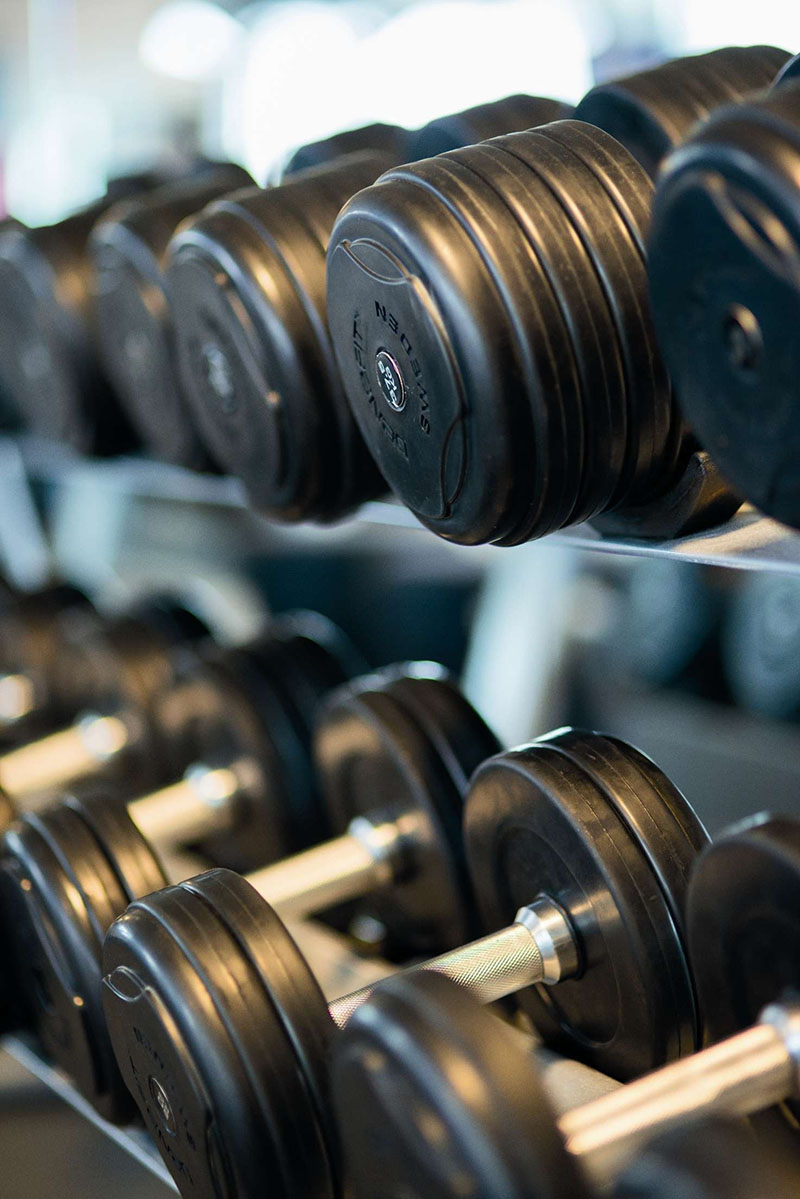At the beginning of your strength training (if you are a beginner), hypertrophy will not occur immediately, but only significantly after one to two months, even if your strength increases earlier. The crucial improvements in your maximum strength are initially based on neural adaptations.
Hypertrophy is usually an important goal in bodybuilding or hobby weight training in order to build more muscle mass and achieve the corresponding appearance. However, if your general goal in your sport is to improve your maximum strength, pure muscle building or increasing your muscle mass is not the primary goal. Rather, your goal should be to achieve greater maximum strength and speed. Increasing muscle mass should only be one of your goals if it is beneficial to your performance.
In general, the goal of your hypertrophy training should be based on functional parameters for your sport so that you can increase your overall athletic performance.
Hypertrophy is your body's response to the mechanical and metabolic stress placed on muscle cells during exercise. So you are putting your muscles under stress.
The mechanical stress is "perceived" by the cell through the tension on the cell structures and translated via complex signalling pathways into increased protein biosynthesis. Your muscle cells therefore produce more proteins. Metabolic stress results from the end products of energy metabolism. It "fuels" muscle performance.
In principle, almost all strength training causes hypertrophy. However, in maximum strength training it ultimately depends on how you can increase the hypertrophy effect. The training therefore focuses on combining an adequately high muscle tension with a metabolic stimulus. The following factors are important for this:
Training intensity during hypertrophy training:The intensity should not fall below 65% of the 1RM (repetition maximum), otherwise the mechanical stress is too small. Although the metabolic stimulus is great in exercises with less weight and a higher number of repetitions, studies show a moderate effect on the thickness growth of the muscle. This is partly due to the fact that too few motor units are recruited at such low intensity. A good intensity for hypertrophy-oriented training is 65-85%.
Volume (sets and repetitions):- The training intensity results in a number of repetitions of 6-12, which has been shown in studies to be optimal for maximising hypertrophy.
- You need at least 3 sets to create sufficient stimulus. More than 5 are usually not necessary.
- Some of these sets should be performed to muscle failure as this maximises metabolic stress. This makes maximal strength training significantly different from high-speed strength training, where a significant decrease in contraction speed marks the end of the set.
Choose a rest length of 60-120 seconds. The pauses are thus shorter than, for example, in high-speed strength training, where you should start the new set with maximum recovery. The metabolic stress, which is necessary for protein biosynthesis, is higher due to the short breaks.
Movement speed:Often, a particularly slow exercise execution is suggested in order to prolong the "time under tension" and thus increase the hypertrophy stimulus. However, more motor units are activated when the exercises are performed quickly, especially those with many fast contracting type II muscle fibres, which are particularly responsive to hypertrophy stimuli. A positive side effect. Your high-speed power output also benefits from performing the exercises as explosively as possible.
When choosing exercises, the so-called "basic lifts" are always a good idea, i.e. squats, deadlifts, bench press, rowing, shoulder press. With these exercises you train all the major muscle groups. In addition, the complexity of the exercises improves movement coordination and core stabilisation. The core muscles needed for this tend to be neglected in exercises on machines. In addition, these basic movement patterns are close to most sport-specific requirements.
Important: Before you increase the weights, you must master the technique properly. This will prevent possible injuries.
The basic lifts have another advantage because you can train in all planes, angles and directions and stimulate as many fibres of the respective muscles as possible.
To further fatigue a specific muscle, or to target imbalances, you can supplement your training with exercises on equipment that target individual muscles in isolation.






.png)


